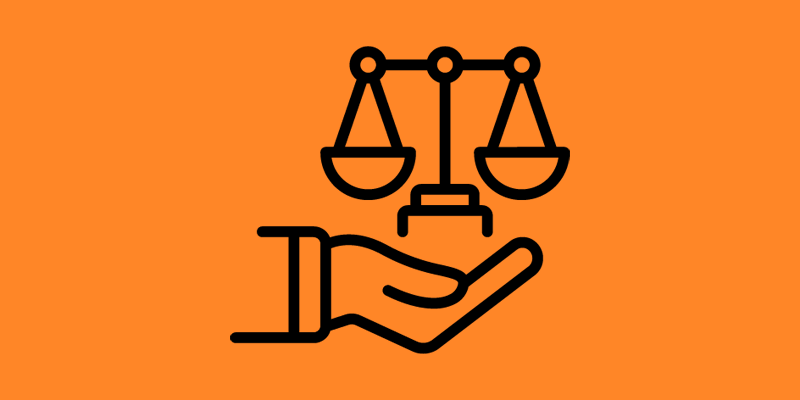Building Ethical and Fair Artificial Intelligence Systems
Artificial Intelligence (AI) has become an integral part of our daily lives, influencing decision-making processes in various domains. However, the rapid proliferation of AI has raised concerns about bias in systems. Bias can lead to discriminatory outcomes, reinforcing societal inequalities and eroding trust in AI technology. Addressing bias is crucial to building ethical and fair AI systems that benefit all users. In this article, we explore various mitigation strategies for bias in AI, focusing on creating systems that are fair, transparent, and unbiased.
Diverse and Representative Data
One of the primary sources of bias in AI models is biased training data. To mitigate this, developers must ensure that the training data is diverse and representative of the population it aims to serve. This includes considering factors such as race, gender, age, and other demographic variables. By using comprehensive and unbiased datasets, AI models can be trained to make equitable decisions across all groups.
Fairness-Aware Algorithms
Developers can employ fairness-aware algorithms that explicitly address bias during model training. These algorithms aim to reduce disparate impact and ensure fairness in the decision-making process. Techniques like adversarial training and reweighting of data points can be used to achieve fairness in AI systems and avoid perpetuating biased outcomes.
Regular Bias Audits
Conducting regular bias audits is essential to identify and address bias in AI systems. Bias audits involve analyzing the model’s performance across different subgroups and identifying instances of disparate impact. By regularly assessing and evaluating the model’s fairness, developers can take corrective measures and improve the system’s fairness over time.
Explainable AI (XAI)
Implementing Explainable AI (XAI) techniques can help shed light on the decision-making process of AI models. XAI methods enable users to understand why a particular decision was made and identify potential sources of bias. By making systems more transparent and interpretable, users can gain insights into the model’s inner workings and detect and address bias more effectively.
Post-Hoc Debiasing
Post-hoc debiasing involves modifying the AI model’s outputs to mitigate bias after the model has been trained. Techniques such as re-ranking and re-weighting can be used to adjust the model’s predictions and reduce bias in the results. While post-hoc debiasing is not a replacement for fair data and algorithms, it can serve as an additional layer of protection against bias.
Collaboration and Diversity
Encouraging collaboration between AI developers and experts from diverse backgrounds is crucial in addressing bias. Collaborative efforts ensure that a wide range of perspectives and experiences are considered during the development process. Embracing diversity in AI teams helps identify and challenge potential biases and ensures that systems cater to the needs of a diverse user base.
Continuous Monitoring and Evaluation
Mitigating bias in AI is an ongoing process that requires continuous monitoring and evaluation. Developers must regularly assess the model’s performance and its impact on different user groups. Feedback from users and external audits can provide valuable insights into potential sources of bias and guide further improvements.
Fairness and Ethical Artificial Intelligence
Mitigating bias is a complex but essential task to ensure the responsible and ethical use of AI technology. By adopting diverse and representative data, fairness-aware algorithms, and explainable AI techniques, developers can build systems that are fair, transparent, and unbiased. Regular bias audits and post-hoc debiasing add additional layers of protection against bias.
Emphasizing collaboration and diversity in development teams and fostering continuous monitoring and evaluation of AI systems contribute to building technology that benefits all users and upholds the principles of fairness and ethical AI. As we navigate the future of AI, these mitigation strategies will play a critical role in shaping a world that is free from bias and discrimination.
